
Knowledge itself cannot be managed, but the environment, in which, it is created and shared can be managed. In this respect, knowledge management can be defined as the creation and the effective organization and use of knowledge. Knowledge can be broadly categorized on the form in which it has been captured. Explicit and Tacit are two forms of knowledge.
Explicit knowledge are the expressed knowledge that can be captured, document, transfer, share, and communicate easily, formally articulated (Radcliffe-Martin, Coakes and Sugden 2000), reported and documented form of knowledge, represented in the form of databases and codified.
Tacit knowledge cannot be traced in documents and publication, personalized and perspective specific knowledge, officially not available, developed from direct action and experience, difficult to articulate. The difficult tasks for intrinsic figuring out how to identify, generate, share and manage it. It is mainly traced and expressed through a process of interface, deliberate, and trial and error encountered in practice, acquired through job training, joint activities, and special group effort shared through conversation, story-telling etc
Understanding the Knowledge Management System - Framework / Critical Components
The five phases represents the implementation of the KM process in nutshell these phases are further divided into various sub-process acting as a map for implementing KM process. The result of implement KM process can also be evaluated and control in the consequential manner. KM process is also an alternative for orientating the teams for particular process change also it will act as a benchmark for assessing the adoption with the environmental factor.
Knowledge Management Framework:
- KM system formulation
- KM system design and development
- KM system implementation
- KM system change and development
- KM system evaluation and control
KM system formulation
- Analyzing existing infrastructure
- Knowledge strategy development - Objective, sequence
KM system - Model, design and development
- Infrastructure design
- Technological design
- System design
- Knowledge system alternative
- Knowledge group formulation
- KM worker group
- Knowledge system integration
- KM system + technology + workers + process
KM system implementation
- Knowledge system implementation
- Communication and implementing
- Knowledge system resources
- KM system allocation and development
KM system change and development
- Knowledge change
- Culture
- Process
- Reward
- Structure
- Learning
- Steps
- Know - how
- Know – what
- Know – where
- Communication
- Transfer
- Knowledge change Development
KM system evaluation and control
- Knowledge system control
- Knowledge system evaluation
- System Measurement
- Returns
- Development
- Adoption
- Knowledge system deviation
- Finding deviation
- Feedback
Critical Components of Knowledge Management
The best four components of knowledge management are people, process, content/IT, and strategy. Regardless of the industry, size, or knowledge needs of your organization, you always need people to lead, sponsor, and support knowledge sharing. You need defined processes to manage and measure knowledge flows. You need knowledge content and IT tools that connect the right people to the right content at the right time. And finally, you need a clear and documented strategy for using KM to meet the most important and urgent needs of the business.
Below are the Key ingredients to build and grow a sustainable KM program.
PEOPLE
You’ve probably heard the phrase, “people, process, and technology.” Since at least the early 1990s, organizational leaders have used this paradigm—often referred to as also the “golden triangle”—to guide initiatives and lead organizational change. The idea is, if you over-focus on one factor, your initiative is bound to fail. And the order is important: you need to get the right people involved before you get into processes and technology. When you’re starting a KM program, you need two kinds of people:
- senior leaders to provide sponsorship and insight into broader organizational strategy, and
- cross-functional stakeholders to guide implementation.
Senior sponsors should be visible, engaged business leaders who have something big to gain from the implementation of KM. Often, they’re people who lead business areas with major, urgent knowledge needs (e.g., experts are retiring, new hires can’t get up to speed quickly). In selecting cross-functional stakeholders, look first to your colleagues in HR, IT, and process improvement.
As the KM effort matures, most organizations staff up a KM core team, identify KM champions and facilitators across the business, and establish an executive steering committee to provide ongoing stewardship. If you think this sounds like a lot of people, you’re right! You need engaged people at different levels and in different areas of the business to really build knowledge sharing into the culture. But that doesn’t mean you have to spend a ton of money or take away too much time from folks—especially if your processes are smart, your content and IT infrastructure isn’t cumbersome, and your strategy is compelling.
PROCESS
In organizations with strong KM processes, knowledge flows like a city water supply: when someone needs it, they just turn the tap. The KM team, like a city planner, knows how everything flows beneath the surface. They can identify bottlenecks, reroute flows, and measure inputs and outputs. But the end user doesn’t need to understand how all that stuff works. For them, getting the knowledge they need is simple and easy.
Standard knowledge flow process that describes how knowledge flows within organizations.
- Create new knowledge (this happens every day, all the time, across all areas of the business)
- Identify knowledge that is critical to strategy and operations
- Collect knowledge so it can be shared with others
- Review knowledge to evaluate its relevancy, accuracy, and applicability
- Share knowledge through documentation, informal posts, and collaborative activities
- Access knowledge through pull (e.g., search) and push (e.g., alerts) mechanisms
- Use knowledge to solve problems faster and make more informed decisions.
For KM teams, the key is to identify ways to build these steps into the business processes people already use every day. For example, you can build knowledge collection into stage gates, or integrate knowledge review into certain job roles. Technology tools can also help with this—by, for example, delivering relevant alerts in the flow of work—but ultimately, you need to understand people’s processes first.
CONTENT / IT
Content is any kind of documented knowledge, from vetted best practices to quick-and-dirty tips shared amongst colleagues. Content can be immediately reusable stuff like templates and how-to videos, or it may be messy and unstructured information (e.g., project documentation). We put content alongside IT because IT infrastructures enable people to create this stuff, put it somewhere, and access and reuse it. If you don’t have KM, people will still create and use content—but they’ll put it in places others can’t find, re-make things others have already created, and (most dangerously) reuse content that’s out of date or incorrect.
Effective KM programs have workflows for creating and vetting content, taxonomies to organize content, and technology tools to connect people to content. Advanced organizations use content management to facilitate collaboration, uncover innovations, and automatically serve up content to employees in their most teachable moments.
STRATEGY
Every KM program needs a clear, documented, and business-relevant strategy. You can have the best technology tools and a super-smart KM team, but it will be all for naught without strategy. Perhaps Kenichi Ohmae said it best, “Rowing harder doesn't help if the boat is headed in the wrong direction.” You need a solid business case that demonstrates a deep understanding of your organization’s critical knowledge needs. The business case should outline:
- the value proposition for KM (that is, how KM will solve business challenges);
- the tools, approaches, and roles you’ll need to get there;
- a budget; and
- the expected impact of KM (ROI).







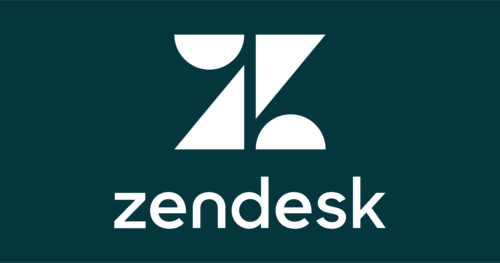

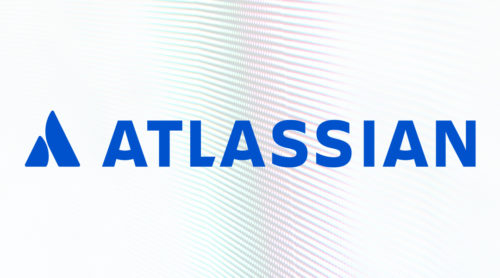

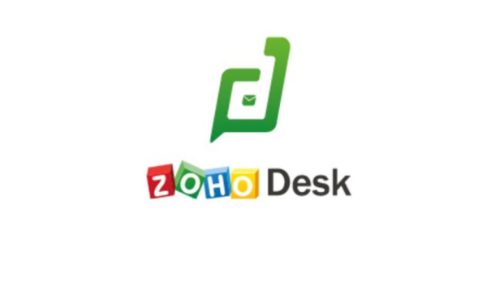
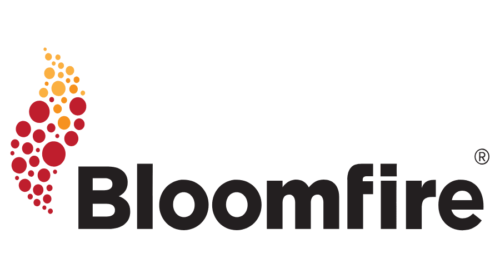
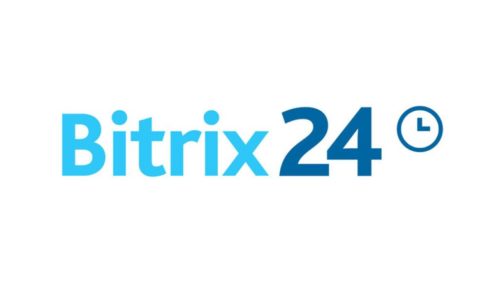
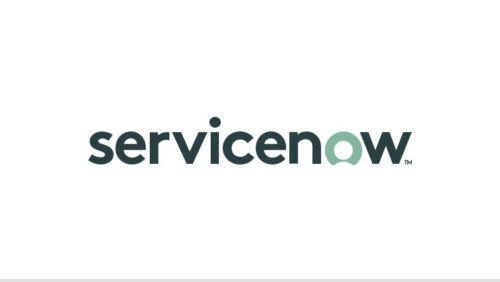
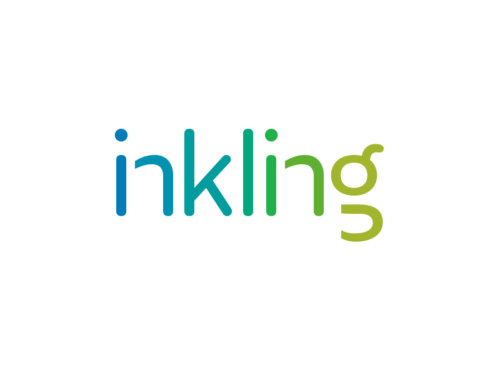
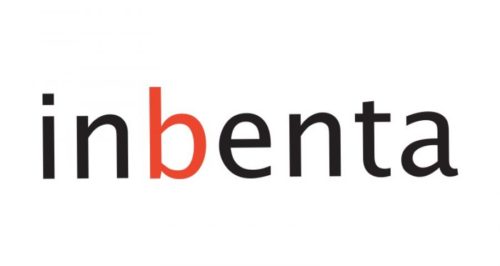

Leave a Reply